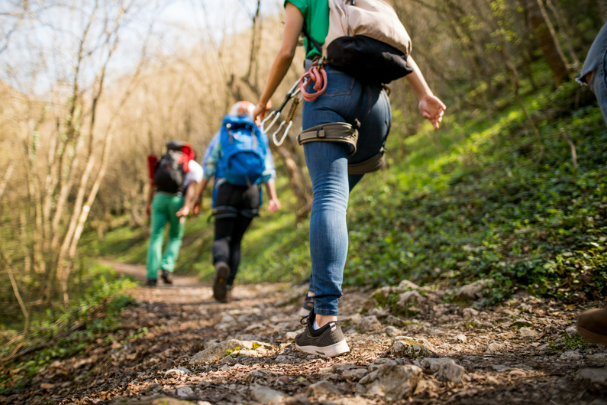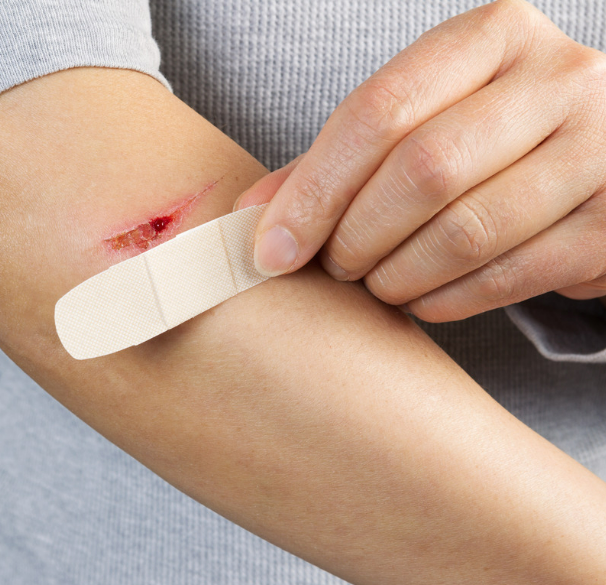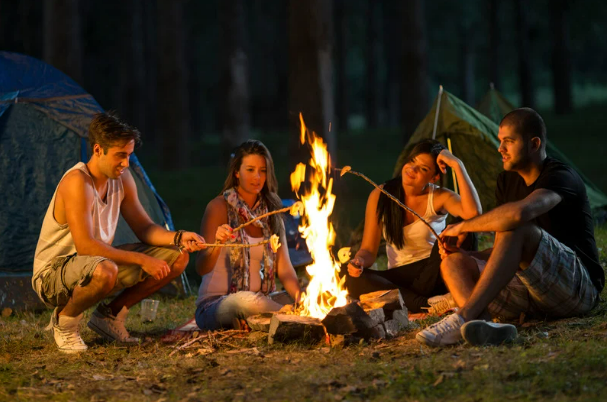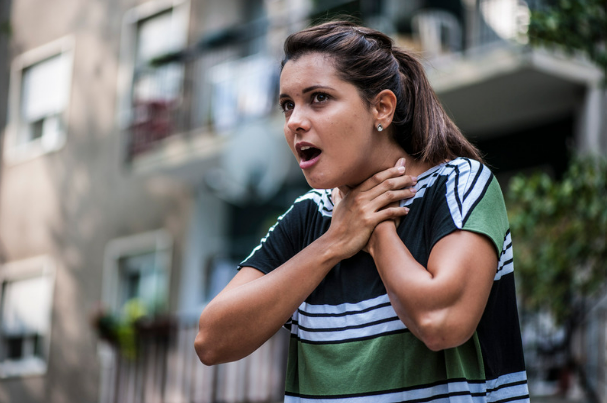
We wish you a safe, happy, and healthy Easter break, but before that, we would like to equip you with a few First Aid tips that may help you through your fun weekend!
Dehydration

- Stay hydrated with water or electrolyte fluid.
- Eat food high in water content
- Do not drink alcohol or coffee before or during exercise
- Replace fluids at regular intervals during exercise
- Increase your fluid intake
Sprains

- Rest the patient and the injury
- Apply an icepack (cold compress) wrapped in a wet cloth to the injury for 15 minutes every 2 hours for 24 hours and then for 15 minutes every 4 hours for 24 hours
- Apply a compression elastic bandage firmly to the injury that extends well beyond the injury
- Elevate the injured part.
- Seek medical aid.
Cuts

– Control bleeding
Use a clean towel to apply light pressure to the area until bleeding stops (this may take a few minutes). Be aware that some medicines (e.g. aspirin and warfarin) will affect bleeding, and may need pressure to be applied for a longer period of time.
– Wash your hands well
Prior to cleaning or dressing the wound, ensure your hands are washed to prevent contamination and infection of the wound.
– Rinse the wound
Gently rinse the wound with clean, lukewarm water to cleanse and remove any fragments of dirt, e.g. gravel, as this will reduce the risk of infection.
– Dry the wound
Gently pat dry the surrounding skin with a clean pad or towel.
– Replace any skin flaps if possible
If there is a skin flap and it is still attached, gently reposition the skin flap back over the wound as much as possible using a moist cotton bud or pad.
– Cover the wound
Use a non-stick or gentle dressing and lightly bandage in place; try to avoid using tape on fragile skin to prevent further trauma on dressing removal.
– Seek help
Contact your GP, nurse or pharmacist as soon as possible for further treatment and advice to ensure the wound heals quickly.
– Manage pain
Wounds can be painful, so consider pain relief while the wound heals. Talk to your GP about options for pain relief
Burns

- Stop the burning process
Cool the burn with cool running water for a minimum of 20 minutes. Do not use ice.
- Remove clothing from around the burn
Cut around clothing if required, and remove jewellery if it is interfering with breathing or circulation. Do not try to remove clothing or anything else which is stuck to the burnt skin.
- Keep the patient warm
Wrap the patient’s unburnt areas in a blanket or jacket to prevent heat loss.
Some people may go into shock. Stop cooling the burn if the person becomes very cold and shivers.
- Get medical help
Always dial triple zero (000) to call an ambulance in a medical emergency.
Choking

For adults and children (over 1 year)
If the person becomes blue, limp or unconscious, call triple zero (000) and ask for an ambulance.
- Try to keep the person calm. Ask them to cough to try to remove the object.
- If coughing doesn’t work, call triple zero (000) for an ambulance.
- Bend the person forward and give them up to 5 sharp blows on the back between the shoulder blades with the heel of one hand.
After each blow, check if the blockage has been cleared. - If the blockage still hasn’t cleared after 5 blows, place one hand in the middle of the person’s back for support. Place the heel of the other hand on the lower half of the breastbone (in the central part of the chest). Press hard into the chest with a quick upward thrust, as if you’re trying to lift the person up.
After each thrust, check if the blockage has been cleared. - If the blockage has not cleared after 5 thrusts, continue alternating 5 back blows with 5 chest thrusts until medical help arrives.
- If the patient becomes blue, limp or unconcious start CPR immediately.
For babies under 12 months
If a baby is choking, call triple zero (000) immediately and ask for an ambulance. Stay on the phone.
- Lay the baby face down on your forearm with their head lower than their body, supporting their head and shoulders on your hand.
- Hold their mouth open with your fingers. Make sure you keep supporting their head.
- Give up to 5 sharp blows to the back between the shoulders with the heel of one hand.
After each blow, check if the blockage has been cleared. - Use your little finger to remove the object from their mouth if it has cleared from their airway.
- If the blockage has not cleared after 5 back blows, place the infant on their back on a firm surface. Place 2 fingers on the lower half of the breastbone and give up to 5 chest thrusts — like CPR compressions, but slower and sharper.
After each thrust, check if the blockage has been cleared. - If the blockage has not cleared after 5 thrusts, continue alternating 5 back blows with 5 chest thrusts until medical help arrives.
- If the child becomes unconscious, start CPR immediately.
